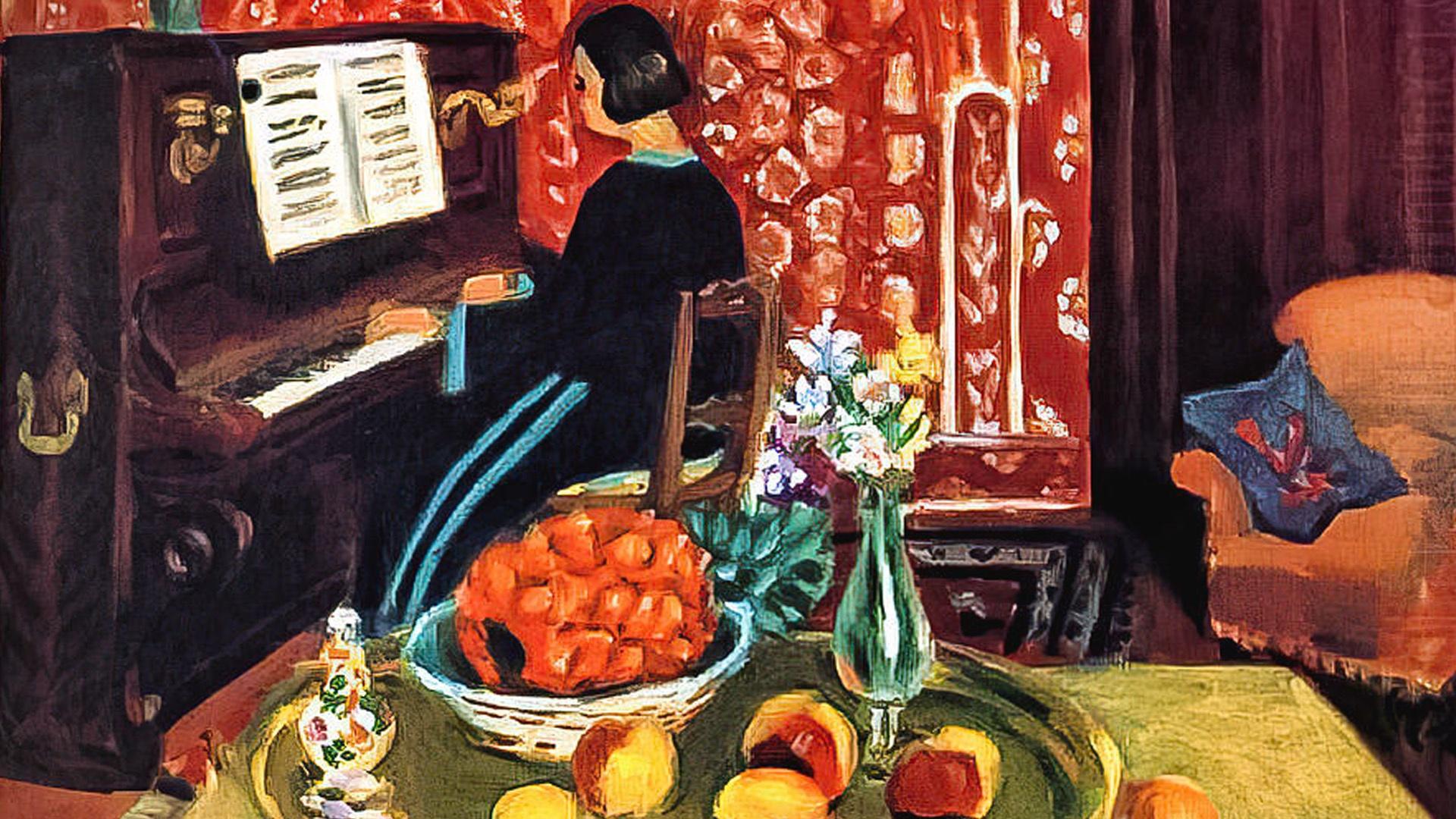It’s got a good beat, and you can dance to it. – American Bandstand
October 20-22 is WNED Classical Dance Party Weekend! In recognition of this momentous event, I thought I’d write a little bit about dance music for this installment of Classical Snack.
People like to dance. It’s fun, healthy, and seems a natural human response to music. We play lots of dance music on WNED Classical. From waltzes to tangos to polkas, WNED offers more dance music than you can shake your booty at!
Baroque dance suites are collections of popular dances grouped together. They originated in the 1300s and were meant for dancing, but by the 1600s had become complex and were meant for listening. The first baroque dance suites included dances called Allemand, Courante, Sarabande, and Gigue.
The Allemande is a moderately fast dance that sounds serious and dignified. (ah-leh-MAHND)
The Courante is a lively, pleasant dance. (coo-RONT)
The Sarabande is a very slow dance, often haunting with a halted feel. (sarah-BAND)
The Gigue or Jig is an upbeat, lively dance meant for fun. (jzeeg)
As baroque dance suites evolved, other movements were subbed-in or added, including:
The Badinerie is a quick dance with a comical or joking feel. (bah-deen-REE)
The Bourree is a lively clog dance. Remember clogs? (boor-AY)
The Chaconne is a medium speed dance that sounds stately and proper. (shah-COHN)
The Gavotte is a moderately quick dance. Carly Simon mentions it in her song You’re So Vain. (gah-VOT)
The Minuet is a medium-slow ballroom dance. Stately and the best-known of these dances. (min-yoo-ET)
The Passacaglia was originally a salty street dance that evolved into a slow, courtly dance like a chaconne. (pah-sah-CAHL-yah)
The Passepied is a fast, courtly dance . . . like a fast minuet. (pahs-PYAY)
The Rigaudon is a lively, spritely, hopping dance. (ree-goh-DAWN)
By the end of the Baroque Period, Bach, Handel, Telemann, and others were writing elaborate dance suites that included these and other dances too. Sometimes they added a slow introduction called an overture – and sometimes they called these suites partitas. Some of the most famous baroque dance suites are Bach’s Orchestral Suites Nos. 1-4 and Handel’s Water Music Suites – which we often play on WNED.
Dance suites went out of style during the Classical Period of Haydn and Mozart but made a comeback during the Romantic Period and the 20th Century. Grieg’s Holberg Suite and Debussy’s Suite Bergamasque are two examples we often hear on WNED Classical.
So, that’s our brief overview of those sweet baroque dance suites that we enjoy on WNED Classical. Much of classical music is rooted in dance for one simple reason . . . people like to dance! If you’re reading this before October 23rd, we hope you enjoy WNED Classical Dance Party Weekend! It begins at 3pm on Friday afternoon and runs through Sunday night.
Dance enables you to find yourself and lose yourself at the same time. - Unknown




